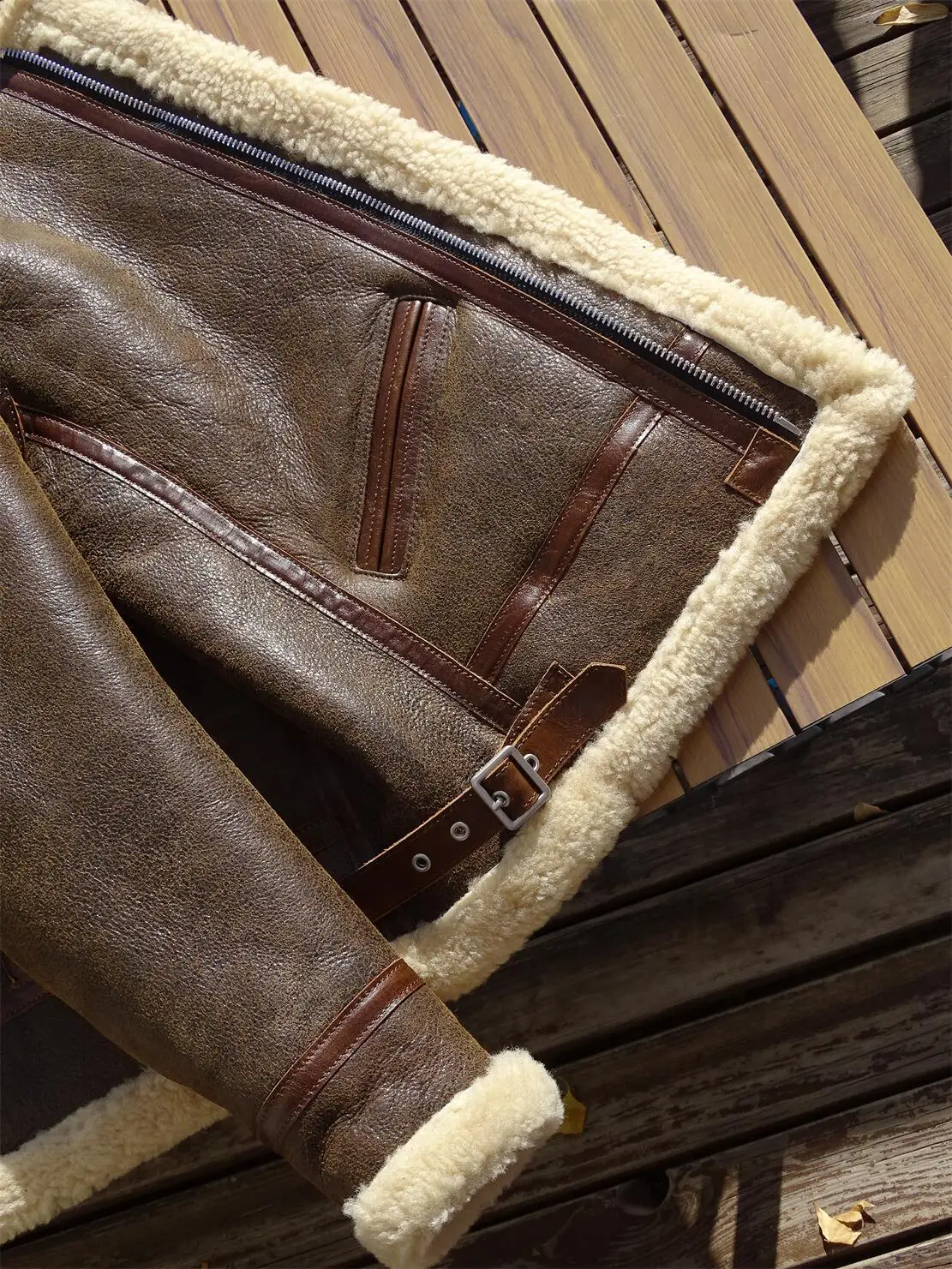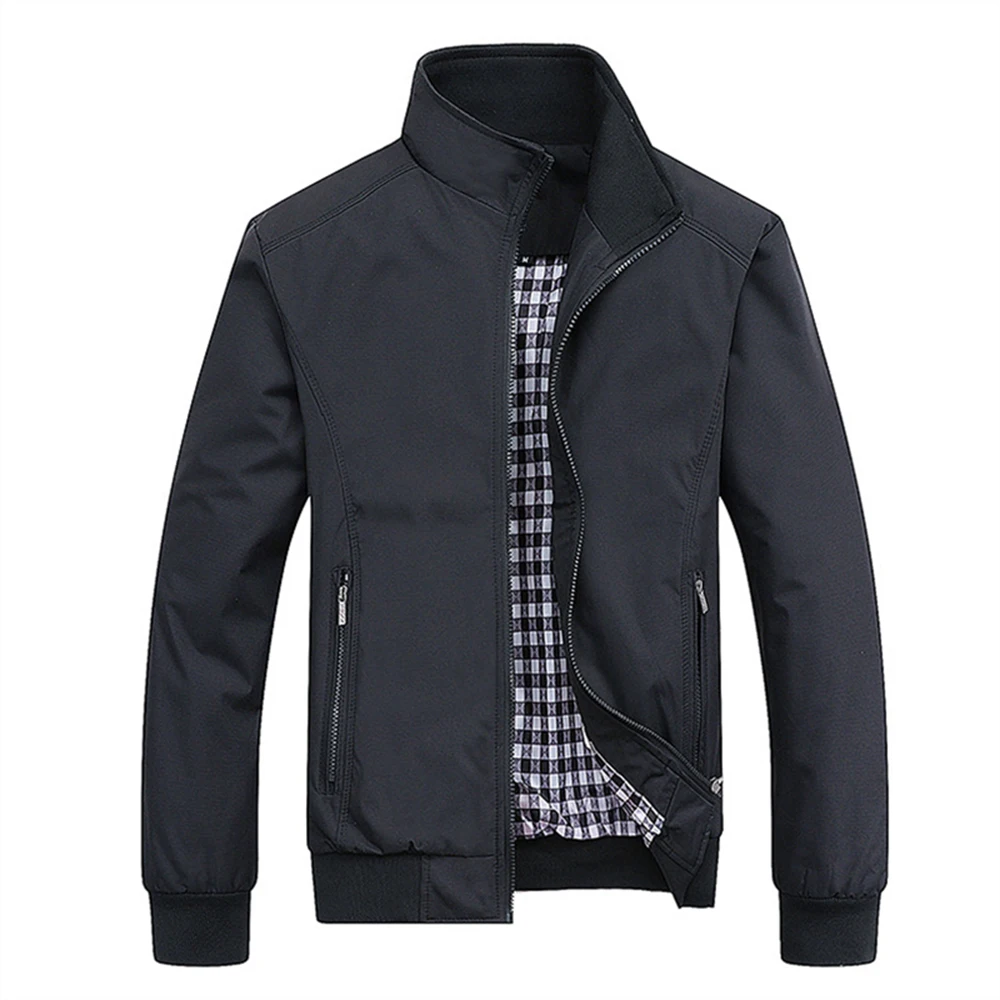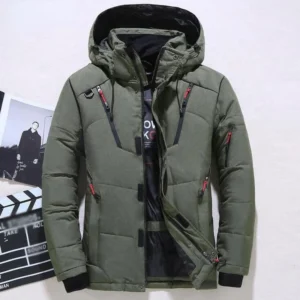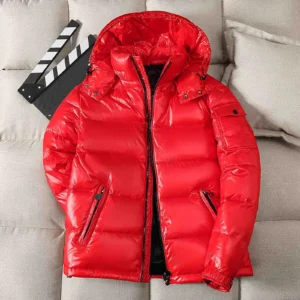Introduction: Understanding the Importance of Insulation
Insulation is essentially a barrier material that slows down or reduces heat transfer between objects. When properly installed in your home, insulation creates a thermal envelope that maintains comfortable indoor temperatures regardless of what’s happening outside. This simple concept has profound implications for your daily comfort and long-term finances.
Good insulation serves multiple purposes simultaneously. It keeps your home warm during winter months and cool during summer, reduces energy consumption by minimizing the workload on heating and cooling systems, and can dramatically lower utility bills. Many homeowners don’t realize that quality insulation typically reduces heating and cooling costs by 15-20%, according to energy efficiency studies.
Throughout this guide, we’ll explore the various types of insulation available today, how to interpret R-values, and which materials work best for specific applications in your home. Understanding how choosing right coat length principles apply to home insulation can help you maximize coverage and efficiency. Similar to garment insulation, home insulation effectiveness depends greatly on proper coverage and material selection. Let’s begin by examining how understanding coat warmth ratings correlates with home insulation principles to help you make informed decisions about keeping your living space comfortable year-round.
The Science Behind Insulation: How Heat Transfer Works
To understand why insulation works, we need to grasp the three fundamental ways heat moves from one place to another: conduction, convection, and radiation.
Conduction occurs when heat travels directly through solid materials. Think of a metal spoon in a hot cup of coffee – the handle becomes warm because heat conducts through the metal. In homes, conduction happens when heat passes through solid building materials like wood, metal, and glass.
Convection involves heat transfer through air or liquid movement. Warm air naturally rises while cooler air sinks, creating circulation patterns. This is why uninsulated attics often lead to heat loss – warm air rises through your ceiling and escapes.
Radiation happens when heat travels in a straight line away from any surface and heats anything solid that absorbs its energy. The warmth you feel from sunlight or a fireplace is radiant heat traveling through the air.
Different insulation materials work by disrupting these heat transfer methods. Most insulation types contain millions of tiny air pockets that slow conduction. These pockets prevent air movement, limiting convection. Some reflective insulation types specifically address radiant heat by reflecting it back toward its source.
The effectiveness of various heavy winter coat designs mirrors how home insulation works – multiple layers trap air and create barriers against all forms of heat transfer. Quality insulation materials are essentially creating the same protective barrier around your home that well-designed winter outerwear provides for your body.
Understanding R-Value: The Measurement of Insulation Effectiveness
R-value is the standard measurement used to quantify how well insulation resists heat flow. The “R” stands for resistance, and higher numbers indicate greater effectiveness. Simply put, insulation with a higher R-value will better prevent heat from moving through it.
This rating is determined through laboratory testing that measures how well materials resist heat transfer. For homeowners, understanding R-value is crucial because it provides an objective way to compare different insulation products. R-values are always provided per inch of material thickness, which helps when comparing materials with different densities or compositions.
Climate zone plays a significant role in determining what R-value your home needs. Colder regions require higher R-values than milder climates. For example:
| Home Area | Cold Climates | Moderate Climates | Warm Climates |
|---|---|---|---|
| Attic | R-49 to R-60 | R-38 to R-49 | R-30 to R-38 |
| Walls | R-15 to R-21 | R-13 to R-15 | R-13 to R-15 |
| Floors | R-25 to R-30 | R-19 to R-25 | R-13 |
One important principle to remember is that R-values are additive. This means layering insulation increases total R-value – similar to how short vs long coats provide different levels of protection based on coverage area. However, compression reduces effectiveness; squeezing insulation into too small a space diminishes its R-value by eliminating the air pockets that provide thermal resistance.
Over time, some insulation materials may settle or absorb moisture, which can reduce their effective R-value. This performance degradation is something to consider when selecting materials for long-term efficiency, much like how various insulated coat technologies maintain warmth differently over their lifespan.
Blanket Insulation: Batts and Rolls for Versatile Application
Blanket insulation, available as batts (pre-cut panels) or rolls, represents one of the most common and versatile insulation types in residential construction. These flexible products are designed to fit between standard wall studs, attic rafters, and floor joists.
Fiberglass insulation dominates this category and consists of extremely fine glass fibers. These fibers create millions of tiny air pockets that trap heat and slow its movement. Typical fiberglass insulation provides R-values between 2.9 and 3.8 per inch of thickness. It comes in various widths and thicknesses to accommodate different framing dimensions and R-value requirements. While affordable and widely available, fiberglass requires careful handling as the fibers can irritate skin, eyes, and lungs during installation.
Mineral wool (sometimes called rock wool) offers slightly higher R-values ranging from 3.0 to 4.0 per inch. Made from molten rock or recycled slag from steel mills, mineral wool has several advantages over fiberglass. It provides excellent fire resistance, withstanding temperatures up to 1,800°F, and offers superior sound absorption qualities. While typically more expensive than fiberglass, its additional benefits make it worth considering for areas where fire resistance or soundproofing is a priority.
Natural fiber options like cotton/denim (made from recycled blue jeans) and sheep’s wool represent eco-friendly alternatives. These materials offer comparable R-values to fiberglass while being safer to handle and often containing high percentages of recycled content. The properties of natural wool, similar to those in premium wool coats, include natural fire resistance and moisture management capabilities that synthetic materials cannot match.
Pros of blanket insulation:
– Easy DIY installation with common tools
– Widely available and affordable, especially fiberglass
– Fits standard framing dimensions without cutting
– Various facing options (kraft paper, foil) for different applications
Cons of blanket insulation:
– Less effective for irregularly shaped spaces
– Requires careful installation to avoid gaps and compression
– Fiberglass requires protective equipment during installation
– Not ideal for retrofitting existing finished walls
Loose-Fill Insulation: Perfect for Irregular Spaces and Retrofits
Loose-fill insulation consists of small particles of fiber, foam, or other materials blown or poured into spaces. This type excels in applications where blanket insulation would be difficult to install, such as irregularly shaped areas, around obstructions, or for retrofitting existing finished spaces.
Cellulose insulation, made primarily from recycled newspaper treated with fire-retardant chemicals, provides R-values between 3.1 and 3.8 per inch. Its high recycled content (typically 75-85%) makes it an environmentally friendly choice. When properly installed, cellulose fills cavities completely, reducing air infiltration more effectively than many other insulation types. However, cellulose can settle over time, potentially reducing its effective R-value, and may absorb moisture if exposed to leaks.
Loose-fill fiberglass consists of the same material as fiberglass batts but in a loose, fluffy form. With R-values between 2.2 and 2.9 per inch, it’s slightly less efficient than cellulose but doesn’t settle as much over time. It’s particularly well-suited for attic applications where depth isn’t constrained and can be easily added over existing insulation to increase overall R-value.
Installation typically requires special equipment – a blowing machine that fluffs the insulation and pumps it through a hose. While professionals commonly handle this process, some home improvement stores rent the equipment to DIYers when purchasing their insulation products.

Ideal applications for loose-fill insulation:
– Attic floors where movement between joists is difficult
– Existing wall cavities accessed through small drilled holes
– Areas with many obstacles like wiring, plumbing, or bracing
– Irregularly shaped spaces where cutting batts would leave gaps
Spray Foam Insulation: Maximum Sealing and High R-Value
Spray foam insulation represents the premium option in the insulation market, offering superior performance by simultaneously insulating and air sealing. This polyurethane-based material is applied as a liquid that rapidly expands to fill cavities completely, creating a seamless thermal barrier.
There are two primary types of spray foam insulation: open-cell and closed-cell, each with distinct properties:
| Property | Open-Cell Spray Foam | Closed-Cell Spray Foam |
|---|---|---|
| R-value per inch | 3.6-3.9 | 6.0-7.0 |
| Density | Lower (0.5 lb/cubic foot) | Higher (2.0 lb/cubic foot) |
| Flexibility | More flexible, less rigid | Rigid, adds structural strength |
| Air barrier | Yes | Yes |
| Vapor barrier | No (vapor permeable) | Yes (at sufficient thickness) |
| Water resistance | Low | High |
| Typical cost | Lower (but still premium) | Highest cost insulation option |
Open-cell foam creates tiny, interconnected cells that allow vapor to pass through the material. This makes it more appropriate for interior walls and applications where some vapor permeability is desirable. Its flexibility makes it less likely to crack with seasonal building movement.
Closed-cell foam creates sealed cells filled with gas that enhances insulating properties. This structure provides not only exceptional R-value but also significantly increases wall racking strength. Its density and structure make it an effective air and vapor barrier, ideal for perfect winter coat length considerations where complete coverage without gaps is essential.
Both spray foam types require professional installation using specialized equipment and protective gear. The installation process involves mixing chemical components that react and expand rapidly, requiring expertise to apply properly. While the initial cost exceeds other insulation types significantly, many homeowners find the performance benefits justify the investment, particularly in creating airtight building envelopes.
The structured way spray foam fills cavities mirrors how quilted coat designs trap air in individual pockets for maximum thermal efficiency – both approaches prevent air movement that would otherwise carry heat away.
Rigid Foam Board Insulation: High Performance for Specialized Applications
Rigid foam board insulation consists of stiff panels that provide high insulating value with minimal thickness. These boards work exceptionally well in applications where space is limited but high R-values are necessary. They’re also valued for their ability to provide continuous insulation, reducing thermal bridging through structural elements like wall studs.
Expanded Polystyrene (EPS):
– The most economical rigid foam option
– R-value: 3.8-4.4 per inch
– Moderate moisture resistance
– Good for applications above grade
– Commonly used in insulated concrete forms and SIPs (structural insulated panels)
Extruded Polystyrene (XPS):
– Identified by its typical blue, pink, or green color
– R-value: 4.5-5.0 per inch
– Excellent moisture resistance
– Higher compression strength than EPS
– Ideal for below-grade applications like foundation walls and under concrete slabs
Polyisocyanurate (Polyiso):
– Highest R-value of common rigid foams: 5.6-7.8 per inch
– Often faced with foil to enhance performance
– R-value can decrease slightly in very cold temperatures
– Excellent for roof decking, exterior wall sheathing
– More environmentally friendly manufacturing process than other foam boards
Rigid foam boards can be installed on the interior or exterior of walls, under siding, on roof decking, or in foundation walls. When used on a home’s exterior, they provide the significant advantage of creating a continuous thermal barrier that eliminates the thermal bridging that occurs through wall studs. This continuous insulation approach can improve overall wall R-value by 25-40% compared to cavity insulation alone.

Installation typically involves cutting boards to size and securing them with adhesives, mechanical fasteners, or both. Joints between panels should be sealed with tape or foam to maintain the air barrier. When used in exterior applications, rigid foam must be covered with appropriate materials to protect from physical damage and UV degradation.
Reflective Insulation and Radiant Barriers: Managing Heat Transfer Differently
Unlike mass-based insulations that slow conductive and convective heat flow, reflective insulation and radiant barriers work primarily by reflecting radiant heat. These systems typically consist of highly reflective aluminum foil attached to backing materials like kraft paper, plastic film, cardboard, or rigid foam boards.
Reflective insulation works on a simple principle: the shiny aluminum surface reflects radiant heat rather than absorbing it. This approach is particularly effective in hot climates where reducing heat gain from the sun is a priority. When properly installed, reflective systems can block up to 97% of radiant heat.
The key to reflective insulation effectiveness is the air space adjacent to the reflective surface. Without an air gap of at least 3/4 inch, the reflective properties cannot function properly. The reflective surface must face an air space to work effectively.
Common applications include:
– Attic installations, with the reflective side facing down into the attic space
– Under roof decking to reduce heat gain
– Wall installations with the reflective surface facing the interior air space
– Floor installations over crawlspaces, with the reflective surface facing down
It’s important to note that reflective insulation has limitations in cold climates where the primary concern is heat escaping from inside the home. In these situations, reflective insulation is most effective when combined with traditional mass insulation. The properties of reflective barriers mirror some principles used in sheepskin coat designs, where the natural hide serves as both insulation and a barrier against external elements.
Natural and Eco-Friendly Insulation Options: Sustainable Alternatives
For environmentally conscious homeowners, several natural and sustainable insulation options provide effective thermal performance while minimizing environmental impact.
Cotton/Denim Insulation:
– Made from recycled denim and cotton fibers (up to 85% post-consumer recycled content)
– R-value: 3.0-3.7 per inch, comparable to fiberglass
– No harmful chemicals or irritants, safe to handle without protective gear
– Treated with borate for fire and pest resistance
– Excellent sound absorption properties
Sheep’s Wool Insulation:
– Natural, renewable resource requiring minimal processing
– R-value: 3.5-3.8 per inch
– Naturally fire-resistant without chemical treatments
– Excellent moisture management—can absorb up to 30% of its weight in moisture without losing insulating properties
– Long lifespan with minimal settling or degradation
Cork Insulation:
– Harvested from cork oak trees without harming the tree
– R-value: 3.6-4.2 per inch
– Naturally water-resistant and impervious to rot
– Excellent acoustic properties
– Resists mold and pests without chemical treatments
Cellulose (Advanced):
– Contains up to 85% recycled paper
– R-value: 3.1-3.8 per inch
– Lower embodied energy than many conventional options
– Requires less energy to manufacture than fiberglass
– Dense installation reduces air infiltration
While these materials typically come at a premium price compared to conventional options, they offer additional benefits beyond thermal performance. These include reduced environmental impact, improved indoor air quality, and sustainable resource management. The principles behind these natural insulation materials align with the philosophy behind most effective warm coats by design, where material selection significantly impacts overall performance.
Mens Heavy Winter Coat, Mens Insulated Coat, Mens Parka Coat
Price range: $175.52 through $237.36 Select options This product has multiple variants. The options may be chosen on the product pageMens Big and Tall Winter Coats, Mens Down Coat, Mens Hooded Winter Coat, Mens Puffer Coat
Price range: $126.44 through $217.01 Select options This product has multiple variants. The options may be chosen on the product pageMens Double Breasted Pea Coat, Mens Wool Blend Coat, Mens Wool Pea Coat
Price range: $136.84 through $157.36 Select options This product has multiple variants. The options may be chosen on the product pageMens Cashmere Overcoat, Mens Hooded Winter Coat, Mens Wool Blend Coat
Price range: $128.72 through $139.68 Select options This product has multiple variants. The options may be chosen on the product pageMens Hooded Winter Coat, Mens Insulated Coat, Mens Puffer Coat, Mens Quilted Coat
Price range: $139.88 through $177.72 Select options This product has multiple variants. The options may be chosen on the product pageMens Black Overcoat, Mens Black Wool Coat, Mens Wool Overcoat
$339.18 Select options This product has multiple variants. The options may be chosen on the product page
Choosing the Right Insulation: Factors to Consider for Your Home
Selecting the appropriate insulation for your home involves balancing numerous factors to achieve optimal performance, cost-effectiveness, and suitability for your specific situation.
Begin your decision process by identifying your climate zone and reviewing local R-value recommendations. Homes in northern regions generally require higher R-values than those in southern areas. Next, consider the specific location within your home—attics, walls, floors, and basements each have different insulation requirements and accessibility constraints.
Financial considerations should include both immediate and long-term perspectives. While spray foam insulation might have the highest upfront cost, its superior air sealing and R-value properties could provide greater energy savings over time. Conversely, fiberglass batts offer lower initial investment but may provide less comprehensive thermal protection.
Assessment of your DIY capabilities is crucial. Some insulation types like blanket insulation are relatively straightforward for experienced DIYers, while spray foam requires professional installation. Factor installation costs into your budget if you’ll need professional help.
Consider moisture management carefully. In areas prone to dampness, choose insulation that won’t absorb water or provide options for proper ventilation and vapor barriers. Similarly, assess fire resistance requirements, particularly for insulation around chimneys, heating appliances, or recessed lighting.
For homeowners concerned about acoustics, insulations like mineral wool and cotton/denim provide excellent sound dampening in addition to thermal benefits. If environmental impact is important to you, evaluate options with high recycled content, low embodied energy, or natural materials.
Many successful insulation strategies combine different materials for optimal results. For example, using spray foam at critical junctions for air sealing combined with less expensive blanket insulation for general coverage can provide an excellent balance of performance and cost.
Proper Installation: Ensuring Maximum Insulation Performance
Even the highest-rated insulation will underperform if installed incorrectly. Proper installation is crucial for achieving the energy efficiency and comfort benefits you expect from your insulation investment.
Critical installation factors include:
Eliminating gaps and compression: Even small uninsulated areas can reduce overall efficiency by 25% or more. Insulation should completely fill cavities without being compressed, which reduces its effective R-value.
Addressing thermal bridges: Structural elements like wood studs conduct heat more readily than insulation. Consider using continuous insulation over studs or adding rigid foam sheathing to exterior walls.
Air sealing before insulating: Air leakage can reduce insulation effectiveness by up to 50%. Seal all penetrations, joints, and cracks with caulk, spray foam, or weatherstripping before installing insulation.
Proper vapor barrier placement: In cold climates, vapor barriers generally go on the warm side of insulation (interior). In hot, humid climates, they may be omitted or placed on the exterior. Improper placement can trap moisture and cause structural damage.
Maintaining adequate ventilation: Particularly in attics, proper ventilation prevents moisture buildup that can degrade insulation and lead to mold or rot.
DIY installation is feasible for certain insulation types like blanket batts and rolls in accessible areas. However, more specialized applications like spray foam or professional-grade blown-in insulation typically require trained installers with proper equipment.
When working with any insulation, safety should be a priority. Appropriate protective gear includes:
– Respiratory protection (dust mask or respirator)
– Eye protection
– Gloves
– Long sleeves and pants
– Adequate lighting in work areas
The principles of proper insulation installation align with concepts used in down coat construction, where fill distribution and baffle design ensure consistent warmth without cold spots or compressed areas that would reduce insulating efficiency.
Common Insulation Mistakes to Avoid: Learning from Others’ Errors
Blocking attic ventilation: Covering soffit vents with insulation prevents proper airflow, leading to moisture problems and reduced insulation performance. Use baffles to maintain clear ventilation channels.
Neglecting air sealing: Adding insulation without sealing air leaks first significantly reduces effectiveness. Heat can easily bypass insulation through small gaps around wiring, pipes, and other penetrations.
Compressing insulation: Squeezing thick insulation into thinner cavities reduces its R-value. For example, compressing R-19 insulation into a 2×4 wall cavity (3.5 inches) reduces its performance to approximately R-13.
Leaving gaps around obstacles: Careful cutting and fitting around electrical boxes, wiring, and plumbing is essential. Even small uninsulated areas can create significant heat loss points.
Creating double vapor barriers: Installing faced insulation in both exterior walls and interior walls can trap moisture between the two vapor barriers, potentially causing mold and rot. Generally, only one vapor barrier should be used.
Mixing insulation types improperly: When layering different insulation types, understand how they interact. For example, placing a vapor-impermeable material like closed-cell foam on the cold side of a wall with fiberglass can trap moisture.
Ignoring safety precautions: Working without proper protective equipment can lead to skin irritation, respiratory issues, or eye injuries. Always follow safety guidelines for the specific insulation material you’re handling.
Improper depth of attic insulation: Many homeowners underestimate how much attic insulation is needed. Current recommendations for most climates suggest 13-18 inches of attic insulation for optimal performance.
Is More Insulation Always Better? Finding the Right Balance
Is piling on more insulation always the best approach? The answer is more nuanced than a simple yes or no.
While increasing insulation thickness generally improves thermal performance, the relationship isn’t linear. The first few inches provide the greatest benefit, with each additional inch offering diminishing returns. For example, increasing attic insulation from R-0 to R-19 might cut heat loss through the ceiling by 80%, but adding another R-19 (to reach R-38) might only reduce the remaining heat loss by half.
From a cost perspective, there’s typically an optimal insulation level where the energy savings justify the investment. Beyond this point, the payback period extends significantly. This “sweet spot” varies based on your climate, energy costs, and the specific area being insulated.
Over-insulation can sometimes create unintended problems. In particular, making a home too airtight without addressing ventilation can lead to indoor air quality issues and moisture problems. Modern energy-efficient homes often require mechanical ventilation systems to ensure healthy air exchange while maintaining thermal efficiency.
Space constraints also present practical limitations. In wall cavities, you’re limited by the depth of the framing members. While deeper wall assemblies can accommodate more insulation, they require specific construction techniques that may not be practical for existing homes.
The Department of Energy provides recommended insulation levels by climate zone that balance these considerations. These recommendations typically represent the point of optimal return on investment for most homeowners rather than the maximum possible insulation.
Conclusion: Investing in Comfort and Energy Efficiency
Proper insulation stands as one of the most impactful investments you can make in your home’s comfort, efficiency, and long-term value. By understanding the different insulation types, their appropriate applications, and installation best practices, you can make informed decisions that will benefit your household for decades to come.
Quality insulation delivers multiple returns on investment. Beyond the obvious energy cost savings—which typically recover the installation cost within 2-5 years—properly insulated homes provide more consistent temperatures throughout all seasons and spaces. This enhanced comfort comes with the satisfaction of reducing your environmental footprint through lower energy consumption.
As you consider improvements to your home’s thermal envelope, remember that combining the right materials with proper installation techniques is essential. Even premium insulation products will underperform if installed incorrectly. Taking the time to assess your specific needs, understand the options available, and ensure quality installation will result in optimal performance.
We encourage you to evaluate your current insulation situation, identify potential improvement areas, and take action to create a more comfortable, efficient living environment. The principles and materials discussed in this guide provide a solid foundation for making those improvements successful.







